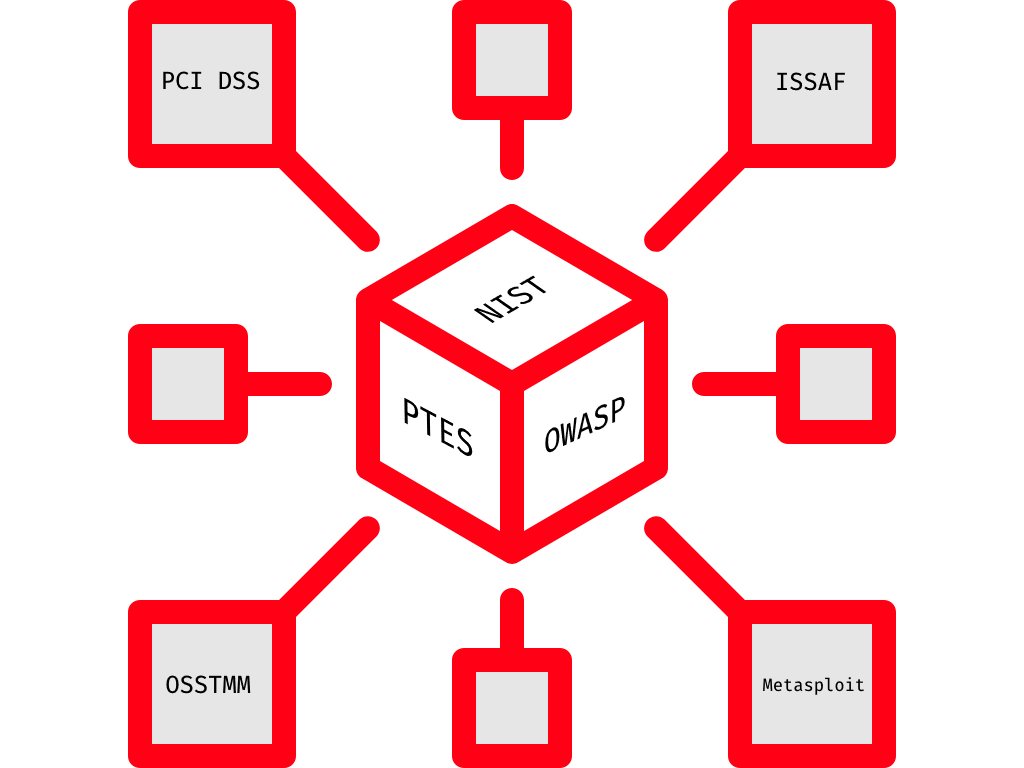Penetration Testing
For a More Secured Tomorrow
What is Penetration Testing (Pen-Testing)?
Penetration testing, often abbreviated as “pen testing,” is a controlled and systematic process of evaluating the security of a computer system, network, or application by simulating an attack from a malicious source. The primary goal of penetration testing is to identify vulnerabilities, weaknesses, and security flaws within the target system so that they can be remedied before malicious attackers can exploit them.
Penetration testing typically involves the following steps:
1. Information Gathering: The first step is to gather information about the target system or network. This can include details about the system architecture, software versions, and any known vulnerabilities.
2. Scanning and Enumeration: Security professionals use various tools and techniques to scan the target for open ports, services, and potential entry points. Enumeration involves identifying specific information about the system, such as usernames or network shares.
3. Vulnerability Assessment: Vulnerability scanning tools are used to identify known security vulnerabilities in the system or application. This step helps prioritize potential risks.
4. Exploitation: In this phase, the penetration tester attempts to exploit identified vulnerabilities to gain unauthorized access or control over the system. This is typically done within the boundaries defined in the scope of the test to avoid causing damage.
5. Post-Exploitation: If the tester successfully gains access, they may further explore the system, escalate privileges, and collect additional information to demonstrate the potential impact of a real attack.
6. Reporting: After the testing is complete, a detailed report is generated, outlining the vulnerabilities discovered, their potential impact, and recommended remediation steps. This report is shared with the organization’s security team, allowing them to address the issues.
Penetration testing serves several essential purposes:
1. Identifying Security Weaknesses: It helps organizations find vulnerabilities before malicious actors can exploit them, reducing the risk of security breaches.
2. Demonstrating Risk: Penetration testing provides real-world evidence of the potential impact of vulnerabilities, helping organizations understand the importance of addressing these issues.
3. Compliance and Regulatory Requirements: Many industries and regulations require regular penetration testing to ensure data security and compliance.
4. Improving Security Awareness: It raises awareness among employees and management about security risks and the need for ongoing security measures.
5. Organizations can use the results of penetration tests to improve their security policies, procedures, and defenses.
It’s important to note that penetration testing should be conducted by trained and ethical professionals who have permission to test the system or network. Unauthorized penetration testing can be illegal and harmful.
Penetration Testing Steps
Reconnaissance
01

Like a digital detective, a pen-tester embarks on information-gathering missions. This phase involves scouring public sources and profiling the target system to gather insights crucial for subsequent steps.

Vulnerability Analysis
02
Armed with valuable reconnaissance data, the pen-tester now proceeds to identify potential vulnerabilities in the target system, through scanning the systems. This includes scrutinizing software versions, misconfiguration, and weak security practices that might be entry points for unauthorized access.
Exploitation
03

Once vulnerabilities are identified, the pen-tester seeks to exploit them, simulating real-world attack scenarios. By leveraging their technical prowess, they attempt to gain unauthorized access or escalate privileges, exposing any weaknesses that malicious actors could exploit.

Post-Exploitation
04
Having successfully breached the system, the pen-tester delves deeper into their findings. They explore the extent of the compromise, assess the potential damage, and identify valuable data or critical systems susceptible to the attack.
Reporting
05

In the final stage, the pen-tester compiles a comprehensive report documenting their findings, including identified vulnerabilities, exploited paths, and recommendations for mitigation. This report is a vital resource for the organization to prioritize and address security weaknesses effectively.
Even though this is a general methodology guide, Integrate Cyber has developed a closer methodology to the PTES framework to ensure dynamic and authentic findings.
Penetration Testing Frameworks
Unleashing the Power of Structured Assessments
To streamline and standardize the pen-testing process, our team of professionals rely on pentesting frameworks that offer a structured approach to conducting assessments.
The two most common frameworks we use:
1. Open Web Application Security Project (OWASP): Focused primarily on web application security, OWASP provides a comprehensive framework for identifying and addressing vulnerabilities specific to web-based systems. It encompasses a vast array of tools, guidelines, and resources to aid in the pen-testing process, enabling security practitioners to assess and fortify web applications effectively.
2. Penetration Testing Execution Standard (PTES): Known for its versatility, PTES offers a holistic approach to pen-testing, covering a broad range of targets, including networks, applications, and physical security. It outlines stages and corresponding tasks, providing pen-testers a well-structured roadmap during their assessments.
These frameworks, among others, serve as invaluable guides, equipping pen-testers with the necessary methodologies, techniques, and best practices to navigate the intricacies of their assessments.

Penetration testing, a captivating information security discipline within cybersecurity, that thrives on a methodology that unravels vulnerabilities and fortifies defenses. By adhering to a well-defined sequence of reconnaissance, vulnerability analysis, exploitation, post-exploitation, and reporting, Integrate Cyber’s professionals can

comprehensively assess and enhance the security posture of your digital systems, for any industry. Guided by frameworks such as OWASP and PTES, our penetration testers gain structured approaches that optimize their assessments.
We look forward to assisting your company to become fortified in the digital space.

